Ever wonder about the differences between plantains vs. bananas? Which is more nutritional? Tastier? Easier to store? In the plantains vs. bananas debate, you no longer need to wonder.
Everyone loves bananas. According to government data, bananas are the world’s favorite fresh fruit. In the United States alone, each person eats more than 11 pounds of bananas per year. But what really is the difference between the similar-looking fruits?
Epicurious.com sums up the plantains vs. bananas question nicely: “Think of plantains as the sister to the banana. They’re not as sweet, as they contain less sugar. They’re also higher in starch than most fruits, making them perfect for gluten and grain-free bread.”
It would seem as if everyone has a favorite. For Julia Turshen, the award-winning writer and cookbook author of the recently published, “Feed The Resistance”, the choice is a bit difficult: “While I am a big believer in and instead of or, I must say if I had to choose between these two family members, my vote would be plantains. They’re so much more versatile.
Whether they’re crisped into tostones, mashed into mofongo, or allowed to ripen until they’re completely black on the outside and then turned into the sweetest pan-fried plantains, I really love any ingredient that gives you so many options at each stage of its life.”
Here’s a quick glance at the difference between bananas and plantains:
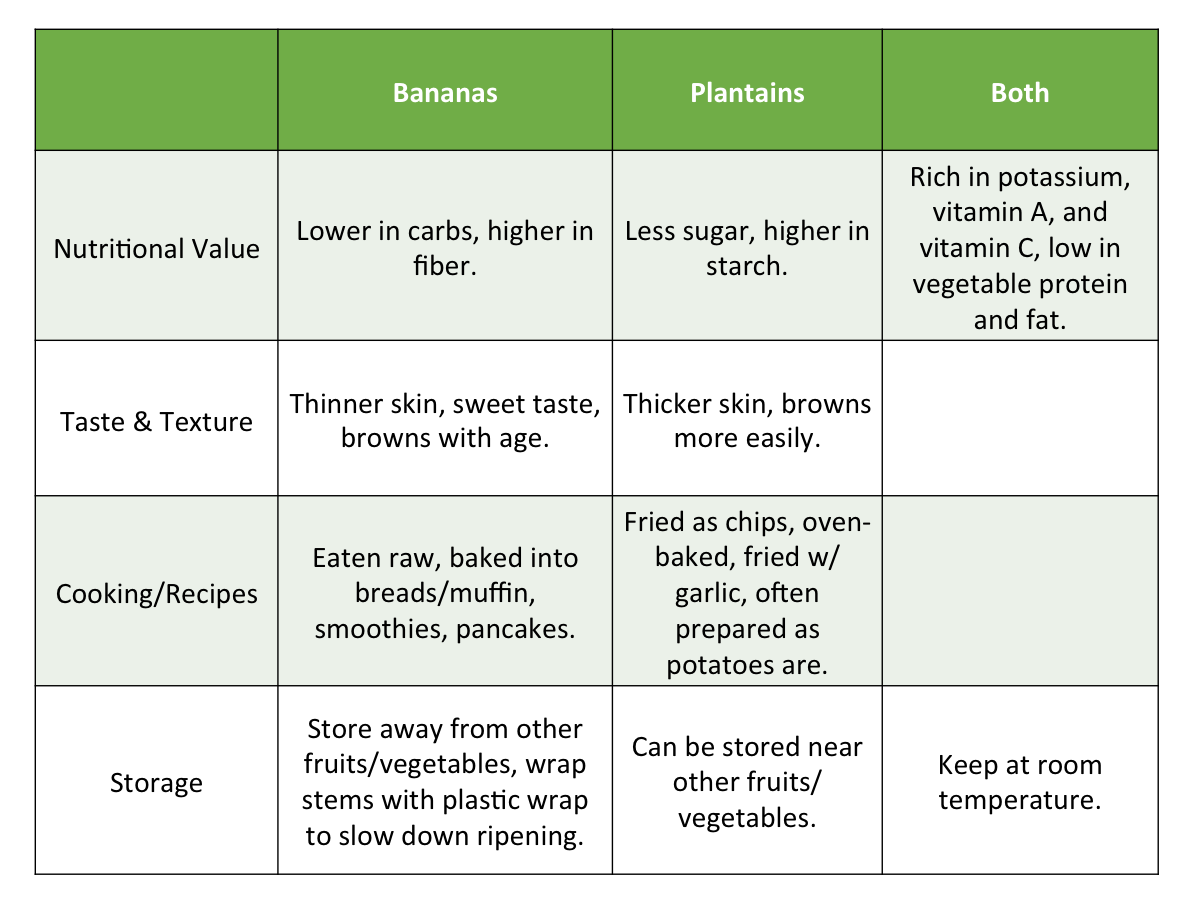
Bananas vs. Plantains: Nutrition
As mentioned, when it comes to the nutrition of bananas vs. plantains, there are a few key things to know:
- Plantains are not as sweet as bananas and they contain less sugar.
- Plantains are higher in starch.
- Bananas are lower in carbohydrates and a bit higher in fiber, although fiber does not make up a significant amount of either’s nutrients.
- Plantains are higher in calories, but not by too much.
- Both are rich in potassium and vitamins A and C.
Both are relatively low in vegetable protein and fat.
Bananas Vs. Plantains: Taste & Texture
We’ve all seen ripe bananas. They taste soft and sweet and have a yellow peel. As they ripen, they develop brown spots.
When it comes to plantains, Caleb Backe, a health and wellness expert for Maple Holistics notes:
“Plantains have a thicker skin compared to banana’s thinner skin. It’s interesting because as we’ve hybridized bananas over the years they’ve become this sweeter and softer version, whereas bananas in their original form would have resembled more like a plantain.
Over the centuries, we’ve bred out those traits bringing it to its more desired current existence.”
Bananas vs. Plantains: Cooking
Although similar to each other, these two fruits require different approaches when it comes to cooking. Jamie Logie, a nutritionist, health and wellness coach, and personal trainer from Regained Wellness notes that although bananas and plantains appear to be similar, she prefers to use plantains as a vegetable and bananas as a fruit.
Related Post: Tropical Homesteading: Growing Bananas
Logie likes to use them as a potato substitute, noting that plantains are tougher, starchy, more fibrous, and best consumed after cooking.
Banana Recipes
Since bananas can be eaten raw, they are often a go-to healthy snack. Jenny Dang, a Registered Dietitian in the Washington D.C. area, likes to use bananas raw on cereal, oatmeal, toast, bread, pancakes, smoothies, or as a snack.
“Some grocery stores offer discounted prices for bananas that are riper or separated from the bunch. I like to grab the discounted bag of bananas and freeze some for later use. Remember to peel the skin off and cut the bananas into chunks before freezing.” Dang has these suggestions for frozen bananas:
- Mix into oats for a creamy banana bread oatmeal
- Blend with cocoa powder and milk for a “chocolate ice cream”
- Stuff them with peanuts and dark chocolate chips and throw them on the grill for a sweet treat
Jamie Logie agrees: “I like to use bananas for smoothies as they blend up well. But the way I most often use them is to cut them up and put them in a bag in the freezer. This keeps them for a lot longer and then I make protein/smoothie drink out of them. The frozen bananas, along with ice, make it almost like a milkshake/frosty drink but a lot healthier when you add in protein powder and some other healthy ingredients.”
Raw, frozen, or cooked, you can use bananas to sweeten all sorts of recipes:
- Banana breads and muffins: vegan blueberry banana muffins, banana nut bread (with a gluten-free option)
- Banana Pancakes using three ingredients (compliments of Jenny Dang)
- Smoothies: Banana Walnut, Chocolate Banana Nut
- Frozen Bananas
- Homemade Dole Whip (a Disney Park fan’s favorite frozen treat)
Plantain Recipes
Before we get too carried away, we can’t forget all the wonderful uses for plantains. It is fair to say that plantains are more popular outside the United States. In fact, plantains are a staple in much of the Caribbean and South and Central Americas, where they often show up in school lunches!
It’s important to serve plantains cooked because of their starchier composition. Some of our favorite plantain recipes include:
- In addition to the fried, sweet recipe above, the basics: chips, oven sweet baked, and fried garlicky
- A favorite outside-the-box recipe: plantain flatbread with poached egg and honey drizzle.
Plantains vs. Bananas: Storage
Given that a bunch of bananas tends to ripen all at once, you may be faced with the decision of how to best store them. The experts all agree: Keep both at room temperature, and they will ripen naturally.
Jamie Logie suggests that when it comes to bananas vs. plantains storage, they are best handled differently: “Bananas need to be kept away from other fruits as they give off ethylene which is a gas that accelerates ripening, leading other fruits to spoil quicker. Plantains can be stored right along with things like potatoes and onions.”
Caleb Backe notes: “Bananas are quicker to ripen than plantains. If you are not planning on using bananas anytime soon, keep them in the refrigerator. Note that bananas will darken noticeably if kept in the fridge.”
Bananas And Plantains Hacks
If you are like me and have kids who don’t like darkened bananas, try this banana storage hack: Wrap banana stems in plastic wrap to keep them from ripening too fast. The theory is that the ethylene is released from the stems and wrapping them snuggly slows that process.
Backe has one final word of advice: “Don’t forget to eat your bananas! If they are out, put them in a bowl, and in a spot which you look at frequently. If they are in the fridge, keep them in view, rather than stuck in the back of the shelf. One of the basic laws of cooking and eating is: you eat that which is in front of you.”
If you’re left with a pile of peels, check out this fascinating infographic about 10 Ways to Use Banana Peels To Stamp Out Food Waste.


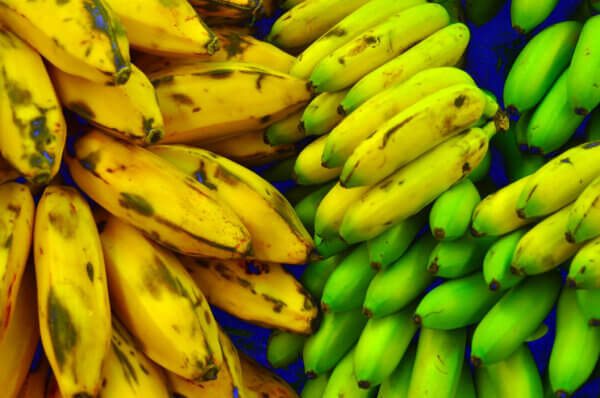
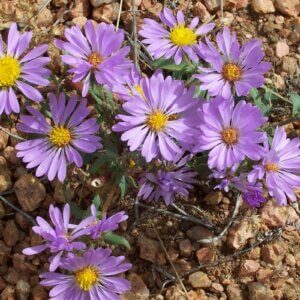
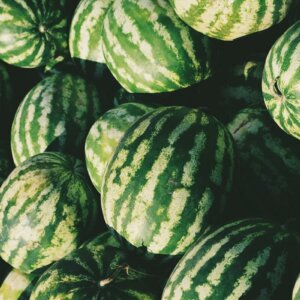
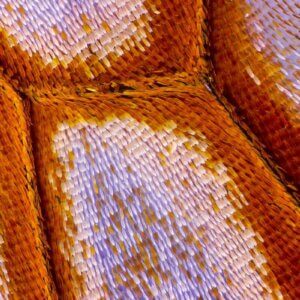
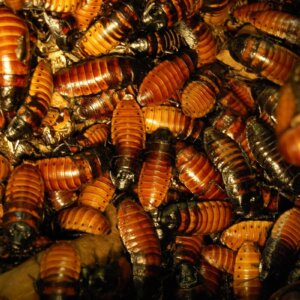
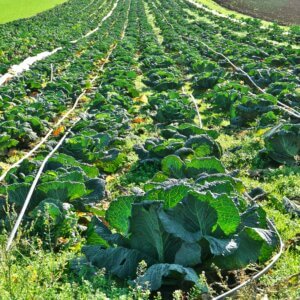

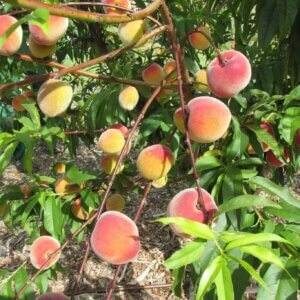

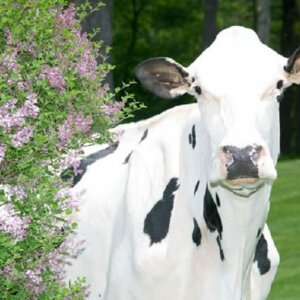
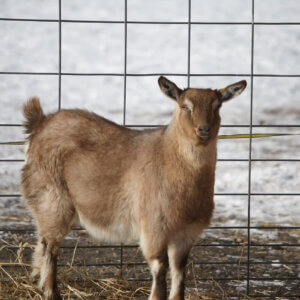
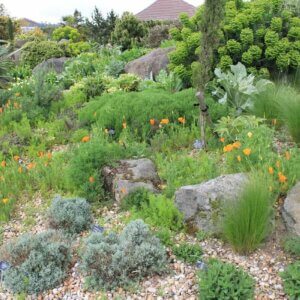


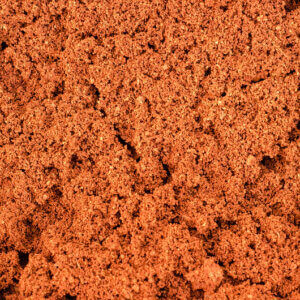
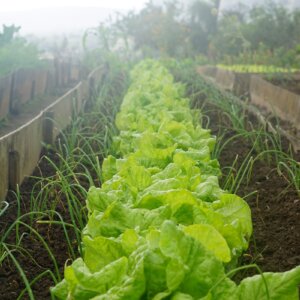
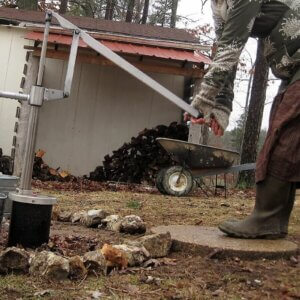
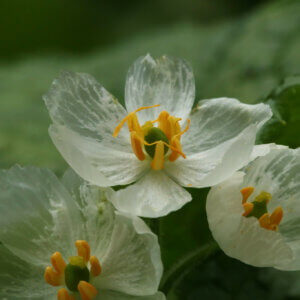

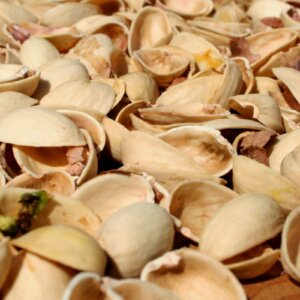



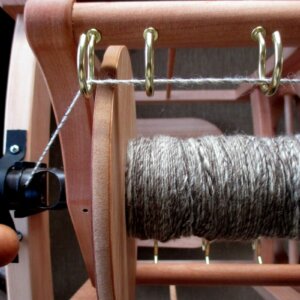
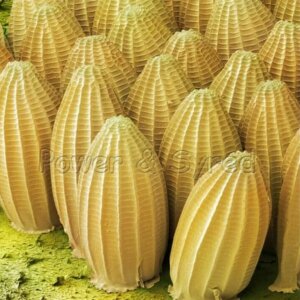

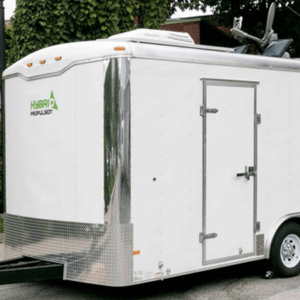
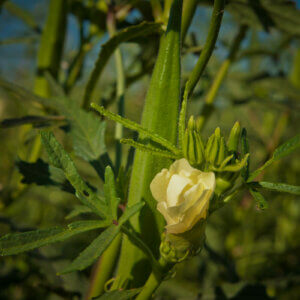
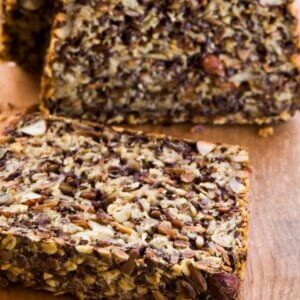

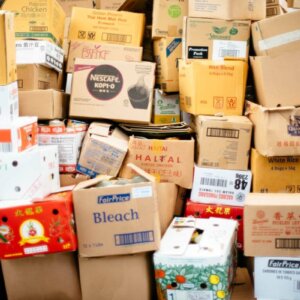
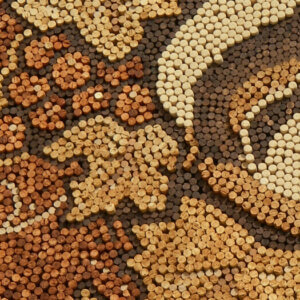

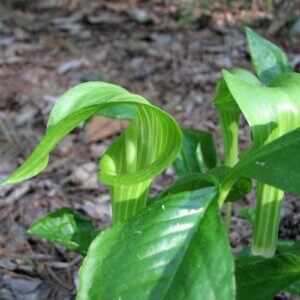
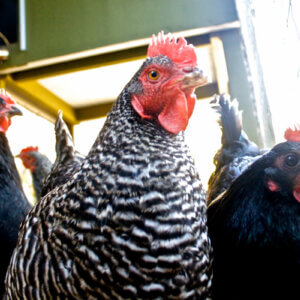



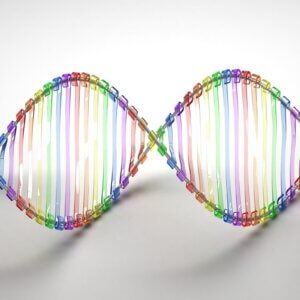

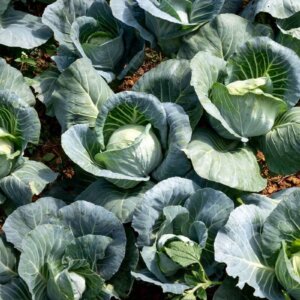
Well I find them just as sweet as bananas